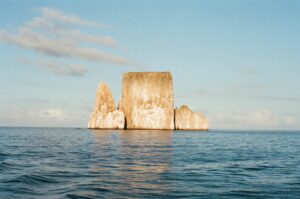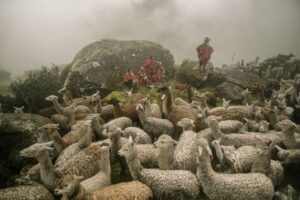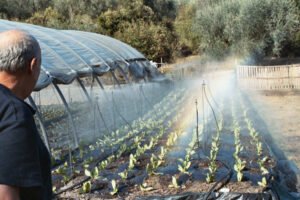For the past two decades, the legend of David, the young shepherd who defeated the giant Goliath with a stone and a sling, has echoed in Galicia, Spain. The Ensenada de San Simón is a space included in the Natura 2000 Network, a web of protected areas covering Europe’s most valuable and threatened species and habitats, and therefore theoretically protected under the European Union’s Nature Conservancy Act. But these supposed protections are often too lax, as each EU country decides how best to implement these regulations based on the understanding that each site in this network is unique, so it’s on the landowners and site managers to work together to find local solutions for each area.
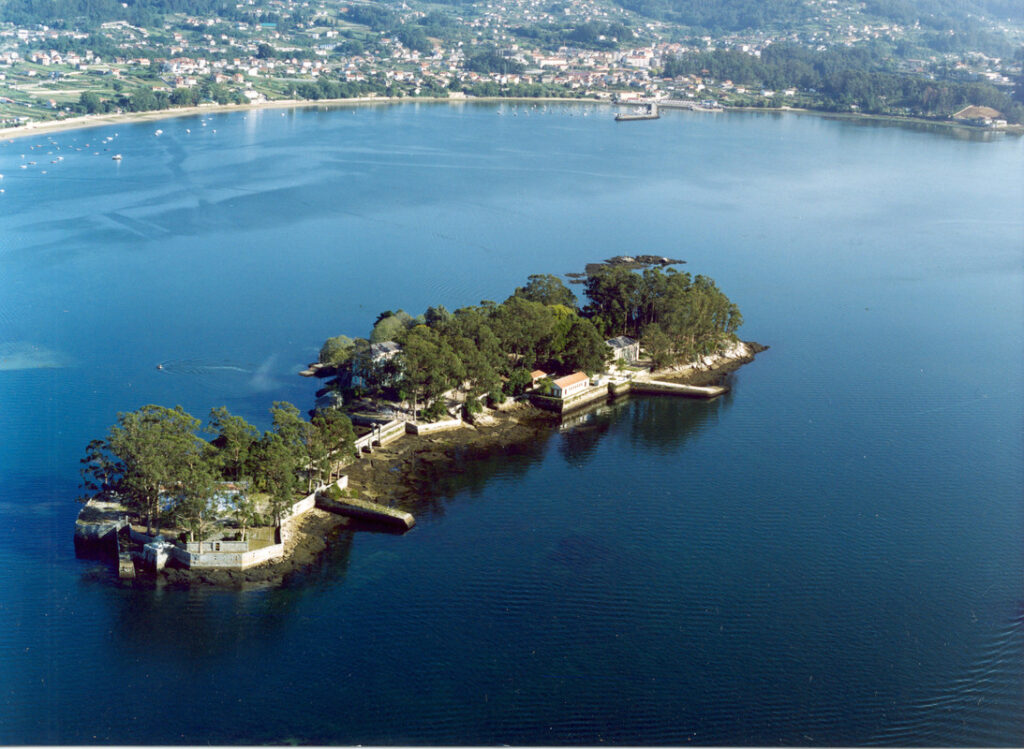
The Ensenada de San Simón has, on paper, been protected since 2001, when it joined the Natura 2000. But these protections are often ignored in the face of the interests of Goliaths like Pescanova and the Port of Vigo.
“The Vigo fish market is the most important port for the commercialisation of fish for human consumption on the European continent, and it serves as a central point for fish trading at both European and global levels.”
Antonio, a resident of Rande, Redondela, Galicia, is one of the Davids who protect the entire Vigo estuary.
“I am a telecommunications engineer. I am in love with telecommunications and of course with nature. Life brought me to Rande where I met all the wonderful people who live here. We set up everything we set up because corporations and government came here to do terrible things, and something had to be done.”
For Antonio, there are always two fundamental pillars needed in the fight against Goliaths: social mobilisation and legal action.
“The Plataforma en Defensa da Ensenada de San Simón is a group composed of associations of neighbours, the sports-cultural association, associations of local fishermen and shellfish gatherers.”
It was created in 2004 by three neighbours who met while they were individually presenting allegations against a cement factory that was planned for construction in the Ensenada.
“We found out about this plan through the press, and when we met at the town hall we started chatting, and that’s when we decided to form the Plataforma. Then we submitted the application to legally establish it, and after that, more colleagues started joining until there were 12 or 15 of us.”

When we met at a stone table under a native oak tree in Rande, Antonio and I were joined by Xurxo, another resident of the neighbourhood who is also part of the Plataforma.
“Think globally, act locally, right? Once you move to the rural environment, at least in my case, you realise that you can influence many things that affect you and your life, and you can try to change them effectively.”
The fighting spirit is undoubtedly one the best weapons of these residents to demonstrate that their land is not to be touched, but so is knowledge of the law, which they constantly study.
“As with many things, conservation law, on paper, has nothing to do with the reality we experience in our neighbourhood, as year after year, battle after battle, we have to ensure the laws that conserve this rich natural landscape are upheld,” Antonio shared.
The biggest problem, as in so many other places, is that the law is upheld by a Goliath.
“What they wanted was the same old story, comer mar, comer mar, comer mar” — or to eat the sea, which is a very common saying in Galician to describe when the shoreline is altered with sand or cement, affecting the natural flow of the water — “to make their facilities bigger.”
A cement factory was not built thanks to the pressure from the Plataforma’s efforts, rallying the entire neighbourhood through demonstrations and marches. These protests were organised in the living rooms and kitchens of the community, a group of neighbours tired of seeing their heritage destroyed and who did not stop until they reached, in some battles, the European Parliament, asking for “urgent action”. The Plataforma continued to win one battle after another for the past 20 years. With perseverance and determination, they halted seafood companies from building refrigeration plants; they won lawsuits; they protected historical buildings from being demolished; they forced the closure of an AUCOSA factory, which processed thousands of tonnes of fish to feed farms. They did all of this while creating the Museo Meirande and its surrounding parkland on an abandoned piece of land once owned by the family of Francisco Franco, which demonstrated alternatives to the typical commercial endeavours constructed at the expense of the environment.
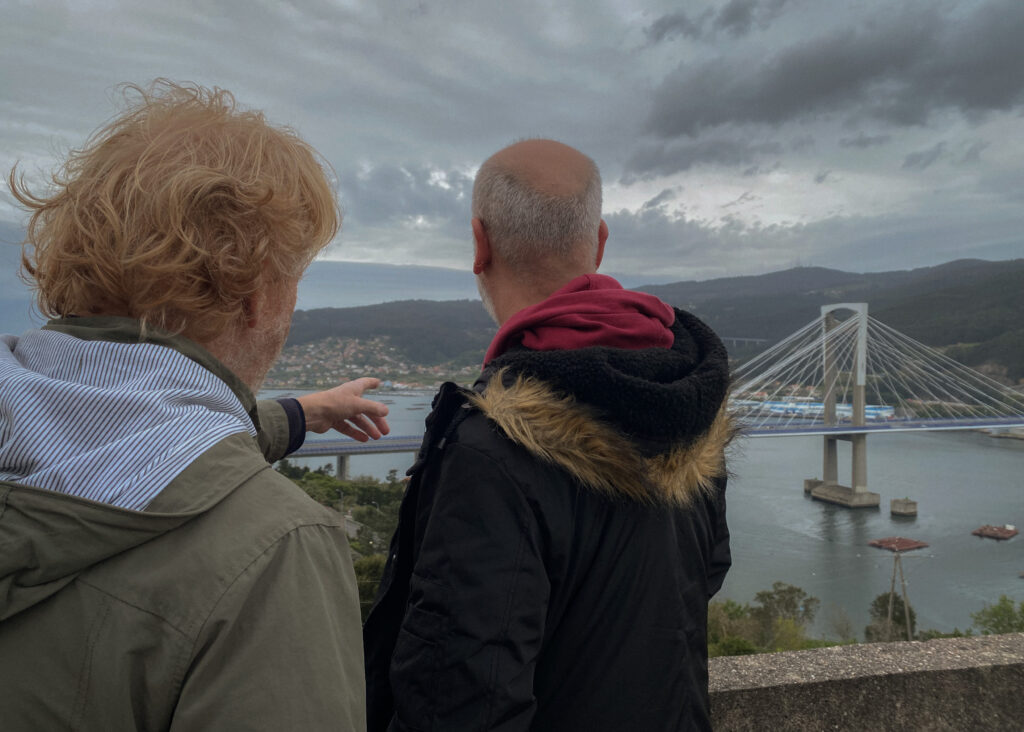
2024 is the Plataforma’s 20th year of operating, and they are fighting to ensure the protection of an area of land, which is considered rustic land for coastal and environmental protection under the Natura 2000 Network. Rustic or rural land is a basic legal status for land in Spain. It refers to land that cannot be altered for construction, and thus cannot be used for residential or commercial purposes. Officially considered a Site of Community Importance (SCI), the Plataforma is seeking greater protection of this land, not only by the local government, but also by the Port of Vigo. Commercial interests threaten the land and the sea of the Ensenada de San Simón. The massive seafood company Pescanova (among others) are trying to take over as much of this land as possible. The Plataforma is also waiting to see what the World Fishing Company (WOFCO) has planned, another multimillion-dollar seafood company, who have recently displayed interest in the Ensenada de San Simón.
Walking along the coast with Antonio and Xurxo is a journey through their memories and the areas they have protected, an opportunity to appreciate what was stopped, how these natural spaces may have become seafood factories or concrete ports if not for the passion of a group of humans who feel lucky to have found one another. When recounting the history of the community activism in the Ensenada de San Simón, Antonio speaks of the almost divine presence of his friend and colleague Enrique Romasanta, who is recognised and beloved by all of the activists for his effective and unusual methods. Enrique appeared in the offices of the Port of Vigo with a written appeal on a paper napkin, which eventually made its way to the Supreme Court of Spain. The management plan for the Puerto de Vigo, one of the largest ports in the world, had not undergone an environmental impact study, which was uncovered by Enrique’s research. The Supreme Court of Spain annulled the Port’s land use plan and thus halted the construction of another refrigeration area.
“That’s one person alone,” Xurxo explained. “Imagine all the capacity that one person can have in their environment and the things they can change.”
Our walk continued toward a concrete platform, originally planned to be part of a bigger project, which the Plataforma halted. Unfortunately the building of the platform affected the flow of the sea, which Antonio explained.
“Little by little it’s emptying out. It was another atrocity that was done, a tremendous land reclamation project that changed the ocean currents, and that is noticeable on the beach, which is running out of sand. It is clear that all land reclamation has an impact on ocean currents.”
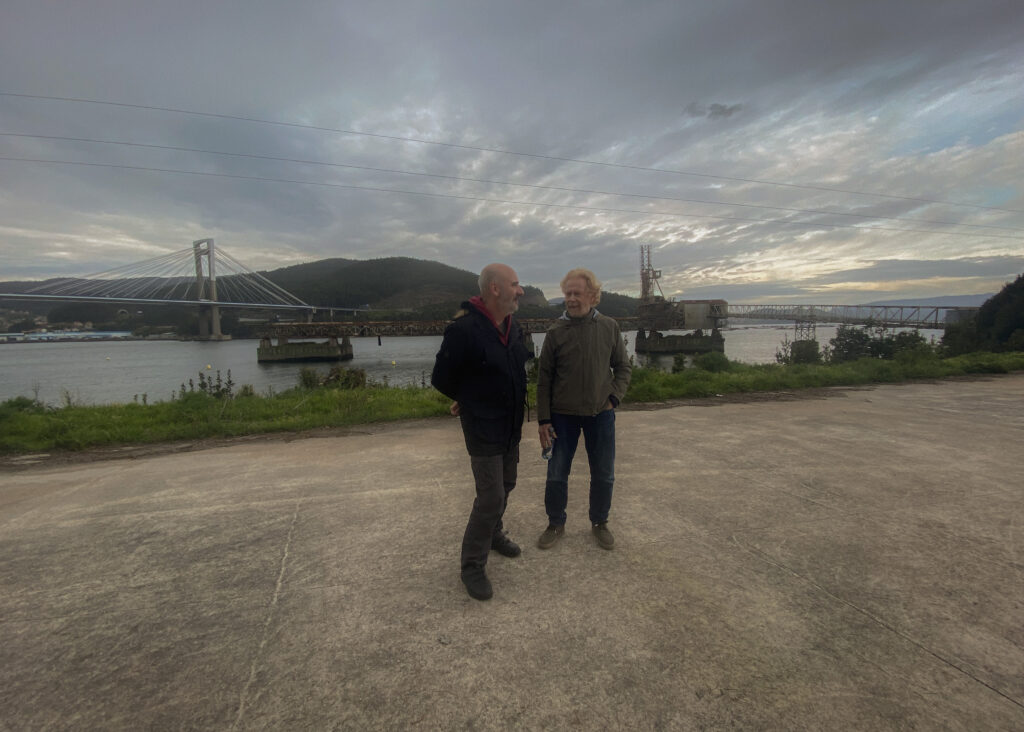
This community of around 1000 residents is perpetually struggling in a tug of war with the interests of the many Goliaths facing them. Sometimes a Goliath gets his way, sometimes a Goliath destroys an entire area that was inhabited by millions of clams. Regardless of who the next Goliath is, they will encounter the Plataforma en Defensa da Ensenada de San Simón. Although, according to Xurxo, the constant battle can be tiring.
“Fighting against Goliath is very, very exhausting. You have to have brutal patience and willpower.”
But the Plataforma overcomes this fatigue and continues on. The community’s strength wins as David will always defeat Goliath.
Helena Constela is a photographer, videographer, producer and activist. She works in the media team on Sea Shepherd’s ships, while also managing social media for both eco-nnect and Seaspiracy.








